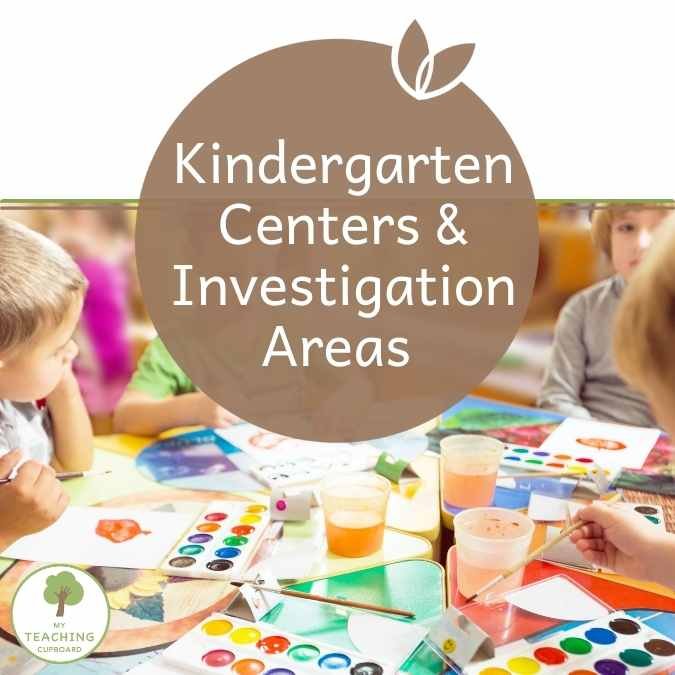
Place of the educator
The role of teacher varies very much in different centers and investigation areas.
In centres in kindergarten teachers assume the role of instructors. They strategize and organize activities, they supervise the learners so that they undertake the activities in the accurate manner and so that they have acquired the intended learning objectives. The teacher can also move between groups to deliver direct instructions, feedback and support where necessary.
The teacher can be regarded as a guide or facilitator in areas of investigations. Instead of planning activities to guide the students through the steps, teachers arrange the room with well-selected material that implies what may be explored and guide students in small ways.
They monitor the interactions of the students and pose openended questions to engage in thought processes and provide gentle directives to help students. As an example, in the event that children are experimenting with patterns using loose parts in a sensory area the teacher could say, “That is interesting. Then what could happen to your pattern if you threw in these materials?” The questions are deliberately raised to evoke additional studying.
Such shift in roles opens up the possibility of balance of child-initiated and teacher-initiated learning. Although there is a structure and focus in centers, investigation areas give the children the space they need to take charge and teachers play pivotal roles of guiding and advancing them.
Learning Objectives
The objectives of kindergarten centers and investigation areas could be different too.
Centers are deployed where there would be required use of a skill based approach. Scholars can use these enclosed areas to practice part of the curriculum-related skills, either phonic intervention, handwriting or counting. As an example, phonics games can be placed in a literacy center and used by students who want to practise a reading skill (decoding texts seems to be a good place to start).
